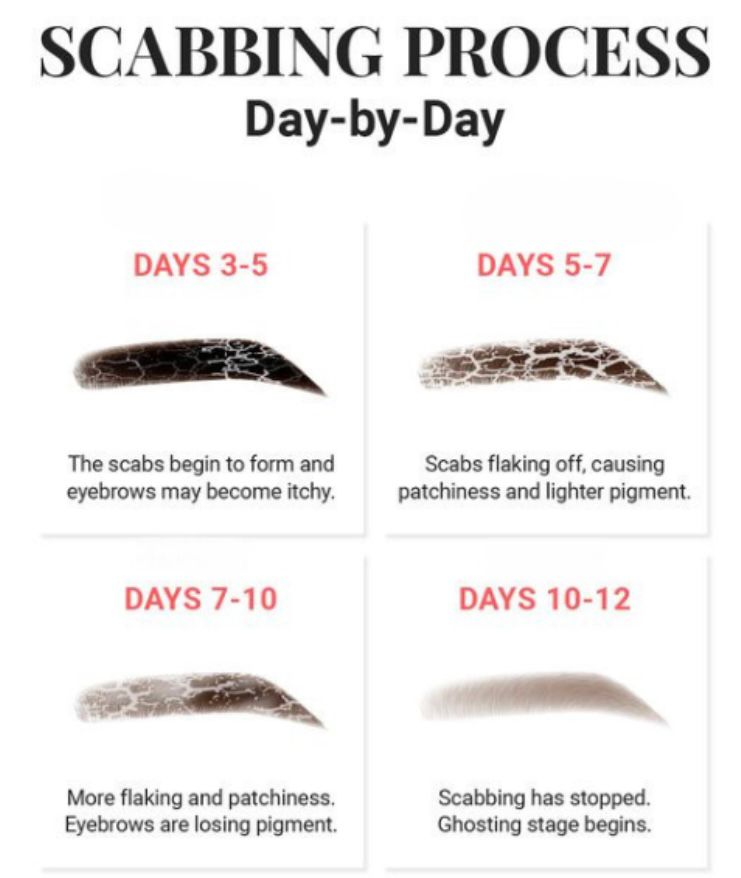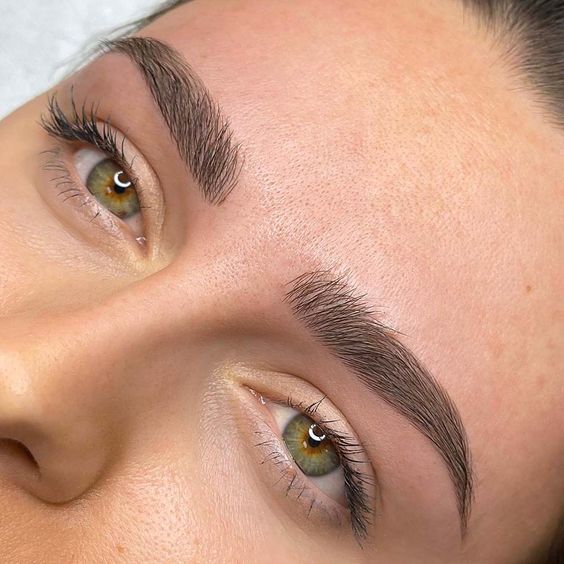
Long-lasting Beauty: The Science Behind Microblading, Microshading, and Combo Brows.
Microblading, Microshading, and combo brows are not just beauty treatments; they're innovations rooted in precise application and advanced pigment technology. These techniques use specialized pigments and meticulous application methods to achieve natural-looking, long-lasting results tailored to individual preferences and facial features.
Join us as we explore the scientific foundations that make microblading, microshading, and combo brows more than cosmetic enhancements—they're modern solutions that blend artistry with cutting-edge technology for enduring beauty.
Pigments: Different Types and Their Role in Achieving Natural Results
In microblading, two main types of pigments are used:
Organic Pigments: Derived from natural sources, these pigments blend seamlessly with natural skin tones, offering subtle and natural-looking results that mimic real brow hairs.
Inorganic Pigments: Synthetic pigments known for their longevity and vibrant color options. They provide bold, defined brows suitable for clients seeking more dramatic results.
Choosing the right pigment type is crucial for achieving customized brow colors that complement individual skin tones and enhance facial features naturally
Skin Types: Impact on Outcome and Healing Process

Dry, oily, and combination skin types affect microblading in various ways:
Dry Skin: Absorbs pigment more readily but may experience more pronounced scabbing during healing.
Oily Skin: Pigment may disperse faster due to excess oil production, requiring careful aftercare to maintain results.
Combination Skin: Requires customized pigment application and varied healing care across different areas of the brows.
Understanding these factors helps optimize microblading results for each skin type, ensuring long-lasting and natural-looking brows.
Durability and Results: Factors Influencing Longevity
The longevity of microblading and other brow enhancement techniques depends on several key factors:
Skin Type: Different skin types (dry, oily, combination) react differently to pigments and healing processes, impacting how well the color holds over time.
Aftercare: Proper post-treatment care, including avoiding excessive sun exposure and following recommended skincare routines, can significantly extend the lifespan of microbladed brows.
Lifestyle Choices: Factors such as exposure to chlorine, UV rays, and skincare products can affect how quickly pigment fades. Adjusting routines and protecting brows from environmental stressors can help maintain results.
Touch-Up Sessions: Periodic touch-ups are essential for refreshing the pigment and maintaining optimal brow shape and color. These sessions ensure longevity and keep brows looking fresh.
Understanding these factors allows clients to make informed decisions about their brow treatments, ensuring lasting results that enhance natural beauty effectively.

Expert Insights: Advice for Optimal Results
Choosing the right technician and managing expectations are crucial for successful microblading:
Selecting a Qualified Technician: Research technicians' qualifications, experience, and client reviews to ensure expertise and safety.
Managing Expectations: Understand that microblading results vary based on skin type, healing process, and individual factors. Realistic expectations lead to greater satisfaction.
Achieving Desired Outcomes: Communicate clearly with your technician at Envie Beauty Bar in Schereville, Indiana, about your desired brow shape, color, and style. Trust their expertise to customize the treatment to your unique features.
Following these expert tips ensures a positive microblading experience at Envie Beauty Bar and enhances confidence in achieving natural-looking, long-lasting results.
